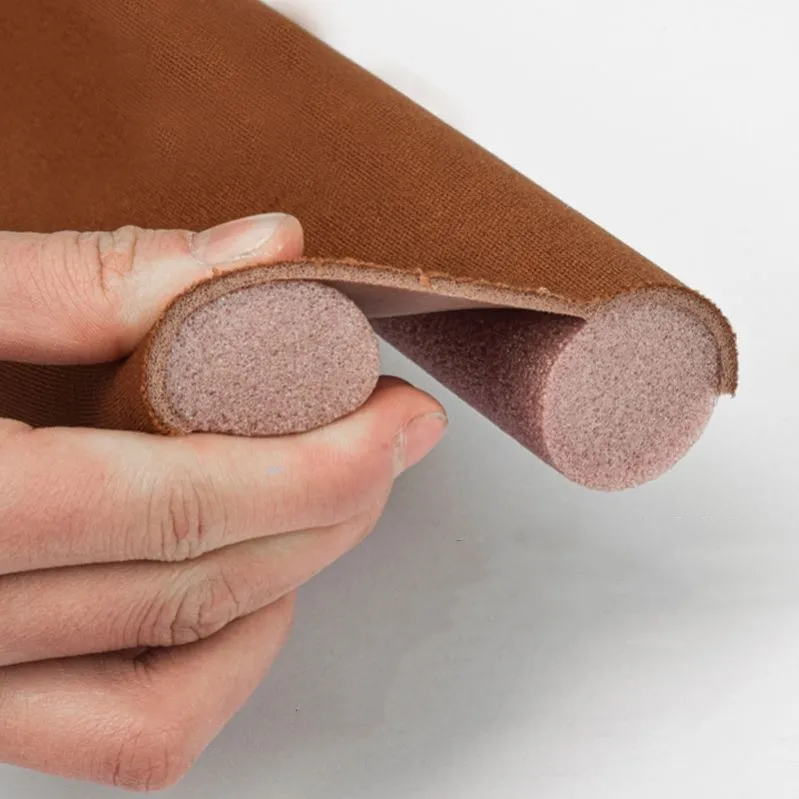Effective Solutions for Door Weather Stripping on Side Openings
Understanding Door Weather Stripping A Guide to Effective Insulation and Protection
When it comes to maintaining a comfortable and energy-efficient home, one of the most crucial yet often overlooked aspects is the door weather stripping. Weather stripping is the process of sealing the gaps around your doors to prevent air leaks, reduce energy costs, and enhance overall comfort. This article will explore the importance of door weather stripping, the different types available, and how to properly install it.
Why Weather Stripping Matters
Every homeowner can appreciate the value of a cozy living environment. Yet, many do not realize that air leaks around doors can significantly sabotage their heating or cooling efforts. According to the U.S. Department of Energy, sealing and insulating your home can save you up to 20% on heating and cooling costs. This is where door weather stripping comes into play. By preventing drafts, it helps maintain a consistent indoor temperature, making your living space more inviting and reducing energy bills.
Moreover, effective weather stripping can also protect your home from elements such as rain, snow, and dust. This not only contributes to comfort but also prolongs the lifespan of your doors and frames by preventing moisture-related issues like mold and rotting.
Types of Weather Stripping
There are several types of weather stripping materials available, each with its own unique benefits and installation methods
1. V-Seal Weather Stripping This type is characterized by its V-shaped design, which fits into the gap between the door and the frame. It’s particularly effective for preventing air leaks and is easy to install.
2. Adhesive-Backed Foam Tape This is one of the simplest and most inexpensive options. The tape is sticky on one side, allowing it to adhere directly to the door or frame. It’s available in various thicknesses to suit different gaps.
3. Rubber Weather Stripping Known for its durability, rubber weather stripping is great for exterior doors. It provides a strong barrier against drafts and moisture.
4. Metal Weather Stripping Primarily used for heavy doors like entry or garage doors, metal weather stripping offers a long-lasting solution that can withstand harsh weather conditions.
5. Door Sweeps Although not a type of weather stripping per se, door sweeps are essential for sealing the bottom of a door. They prevent drafts and stop pests from entering, making them a vital addition.
door weather stripping side

How to Install Door Weather Stripping
Installing weather stripping is a straightforward DIY project that can be accomplished in a few simple steps
1. Identify the Gaps Close the door and examine where drafts are coming from. You can use a lit candle or incense stick to detect air movement.
2. Choose the Right Material Based on the gap size and door type, select the most appropriate weather stripping material.
3. Prepare the Surface Clean the door frame and ensure it’s dry for better adhesion. Remove any old weather stripping if necessary.
4. Measure and Cut Measure the length of the gaps and cut the weather stripping to size, leaving a little extra at the end for adjustments.
5. Install If you’re using adhesive-backed tape, simply peel off the backing and press it firmly into place. For V-seal or rubber types, check the manufacturer’s instructions for proper mounting techniques.
6. Check the Seal After installation, open and close the door a few times to ensure it seals properly. Re-adjust as needed.
Maintenance Tips
Once your weather stripping is installed, it requires minimal upkeep. Regularly inspect it for wear and tear, especially after harsh weather conditions. Replace any damaged or worn-out strips promptly to maintain your home’s energy efficiency.
Conclusion
Investing in door weather stripping is a smart decision for any homeowner. It not only enhances comfort and energy efficiency but also provides long-term protection against the elements. By choosing the right materials and performing a straightforward installation, you can enjoy the benefits of a well-insulated home. Take the time to seal those gaps and relish in the cozy warmth or refreshing coolness of your living space all year round!
-
Under Door Draught Stopper: Essential ProtectionNewsJul.31,2025
-
Garage Door Seal and Weatherstrips for ProtectionNewsJul.31,2025
-
Edge Banding Tape for Perfect EdgesNewsJul.31,2025
-
Table Corner Guards and Wall Corner ProtectorsNewsJul.31,2025
-
Stair Nose Edging Trim and Tile Stair SolutionsNewsJul.31,2025
-
Truck Bed Rubber Mats for Pickup BedsNewsJul.31,2025
-
Window Weather Stripping for Noise ReductionNewsJul.29,2025